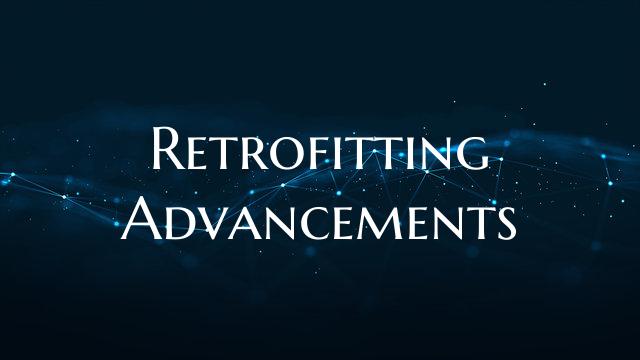Retrofitting Advancements
In today's rapidly evolving world, the need for sustainable solutions has become more critical than ever. One innovative approach to achieving sustainability in the built environment is through retrofitting advancements. Retrofitting involves making improvements to existing buildings to increase energy efficiency, reduce environmental impact, and enhance overall performance. This practice not only revitalizes structures but also contributes to a more sustainable future.
Over the years, retrofitting advancements have transformed the way we view existing buildings. With the development of smart technologies, such as energy management systems and advanced building materials, retrofitting projects can now achieve unprecedented levels of efficiency. These advancements allow for real-time monitoring of energy consumption, predictive maintenance, and optimization of building systems.
Moreover, retrofitting advancements play a crucial role in combating climate change. By upgrading existing buildings with energy-efficient systems, renewable energy sources, and sustainable materials, we can significantly reduce carbon emissions and lessen the environmental footprint of our built environment. This approach not only benefits the environment but also leads to long-term cost savings for building owners and occupants.
In addition to environmental benefits, retrofitting advancements also improve the comfort, health, and productivity of building occupants. Upgrading ventilation systems, optimizing lighting, and incorporating green spaces within buildings can enhance indoor air quality, natural light levels, and overall well-being. These improvements create healthier indoor environments that support the well-being and productivity of occupants.
As we look towards the future, retrofitting advancements will continue to play a crucial role in transforming our existing building stock into sustainable, high-performing structures. By harnessing the power of innovative technologies, sustainable practices, and forward-thinking design strategies, we can create a built environment that not only meets the needs of today but also ensures a better tomorrow for future generations. Retrofitting advancements are not just about improving buildings; they are about shaping a more sustainable and resilient future for all.

